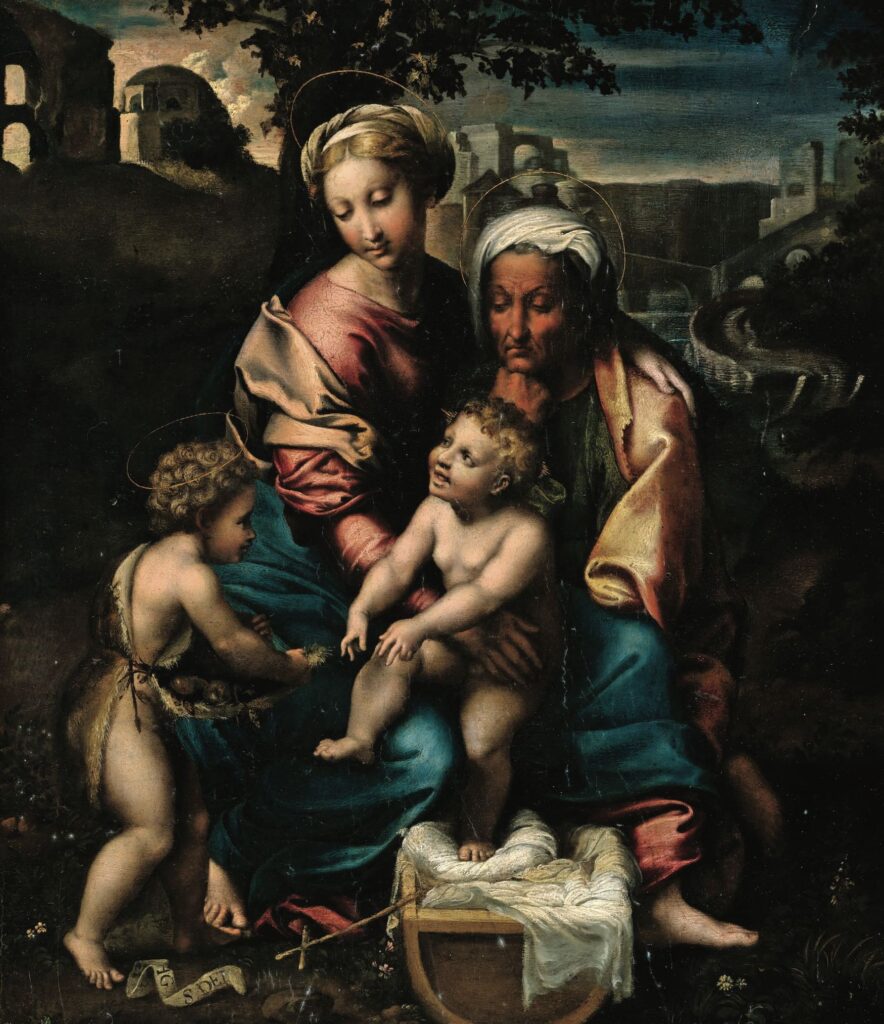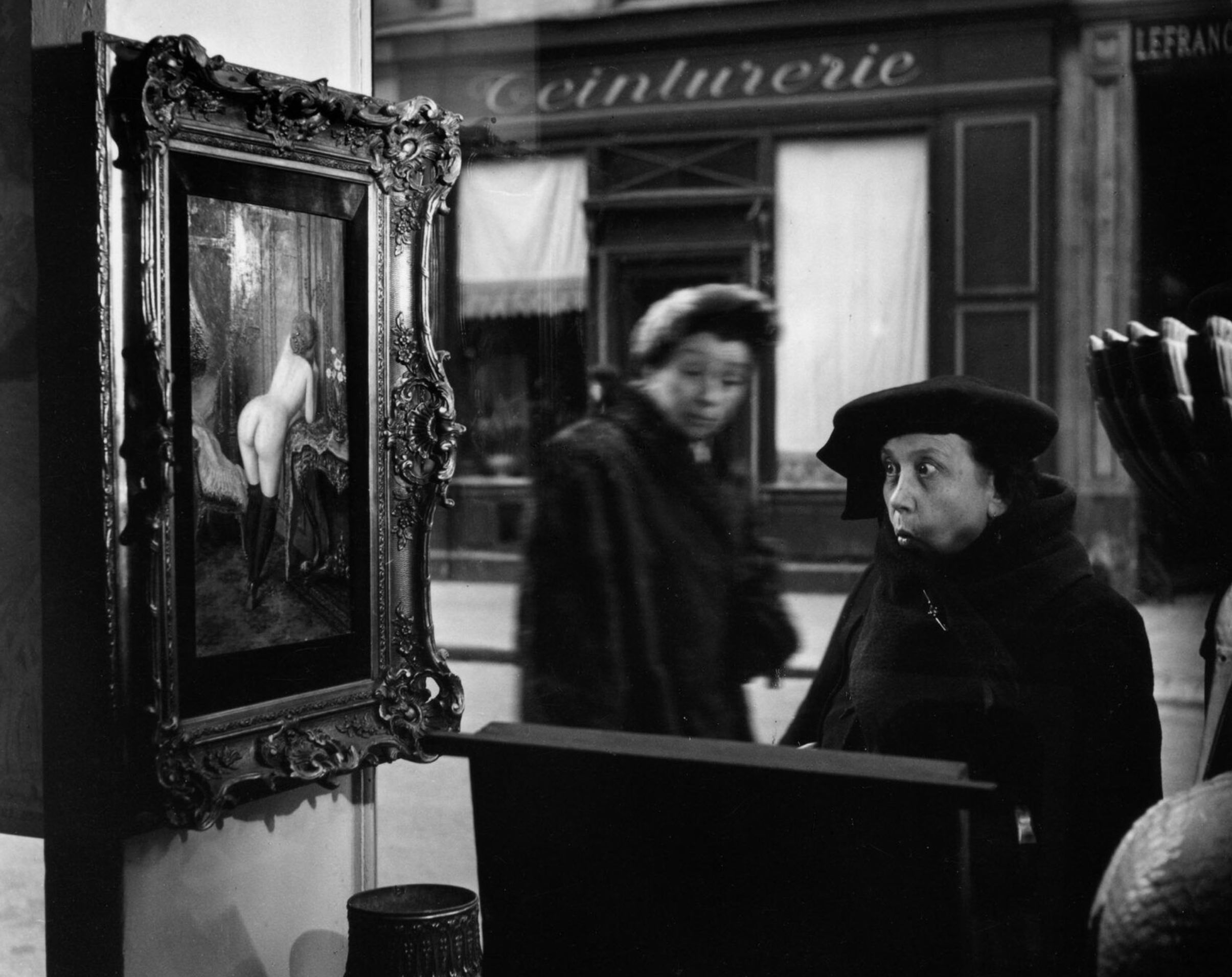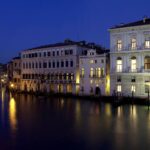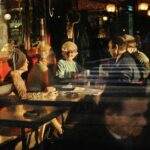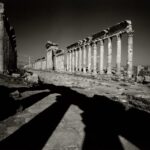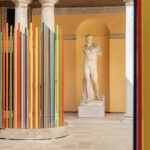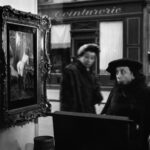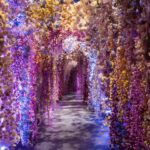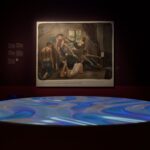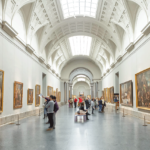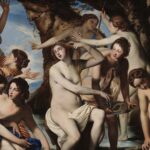The must see exhibtions in January 2025 are here.
After the great successes of 2024, a year that ended with great public success for Italian museums, here are the exhibitions not to be missed to give the right start to 2025. From Guercino, passing through the photography of Doisneau up to the Renaissance, a great protagonist both in Brescia and in Fermo.
Here you will find a short selection of the exhibitions January 2025, but for all the others there is Artsupp.
In short Robert Doisneau at the GNU National Gallery of Umbria in Perugia until 4 May 2025
The Galleria Nazionale dell’Umbria in Perugia hosts the exhibition for the first time in Umbria In breve, Robert Doisneau: 30 photographs that tell the entire poetics of the Parisian photographer. His most iconic image stands out, the famous Bacio dell’Hotel de Ville became the symbol of an era and a generation.
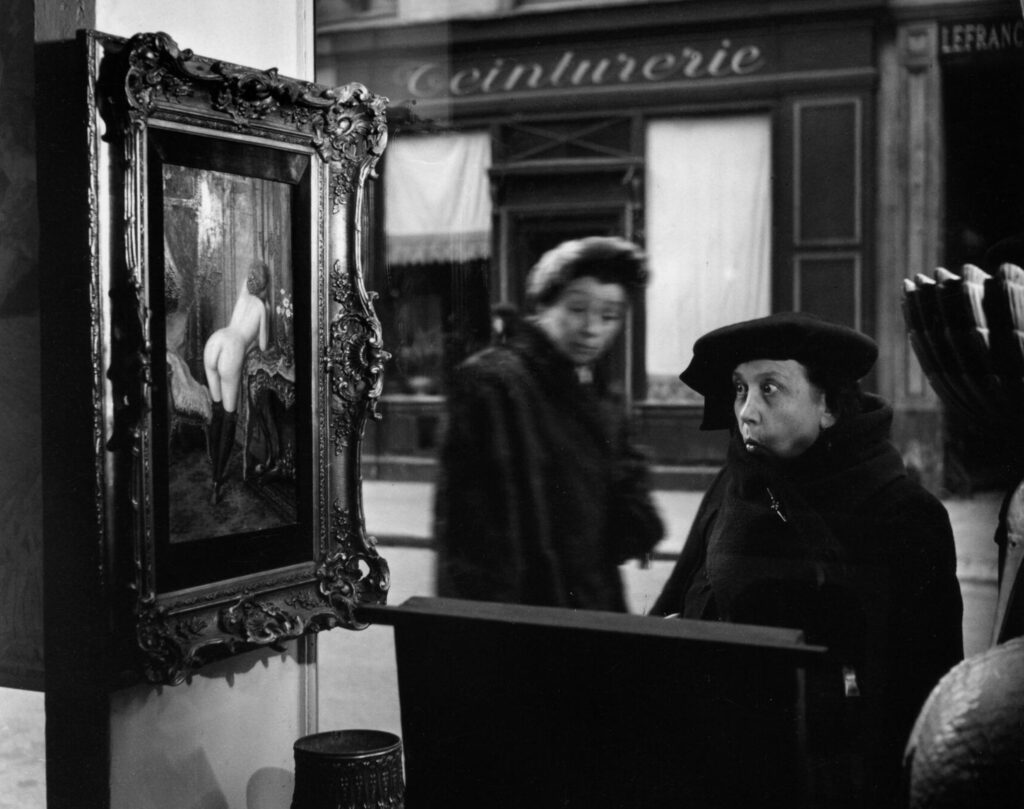
Guercino at the Scuderie del Quirinale in Rome until January 26, 2025
An unmissable event featuring the following protagonists: Guercino and the Ludovisi family . The expositive path unfolds as a gripping tale of the brief but significant Ludovisi papacy, when the young Guercino found in Rome a unique opportunity to assert himself. The exhibition highlights the distinctive signs of an era that laid the foundations for the subsequent artistic developments of the Baroque.
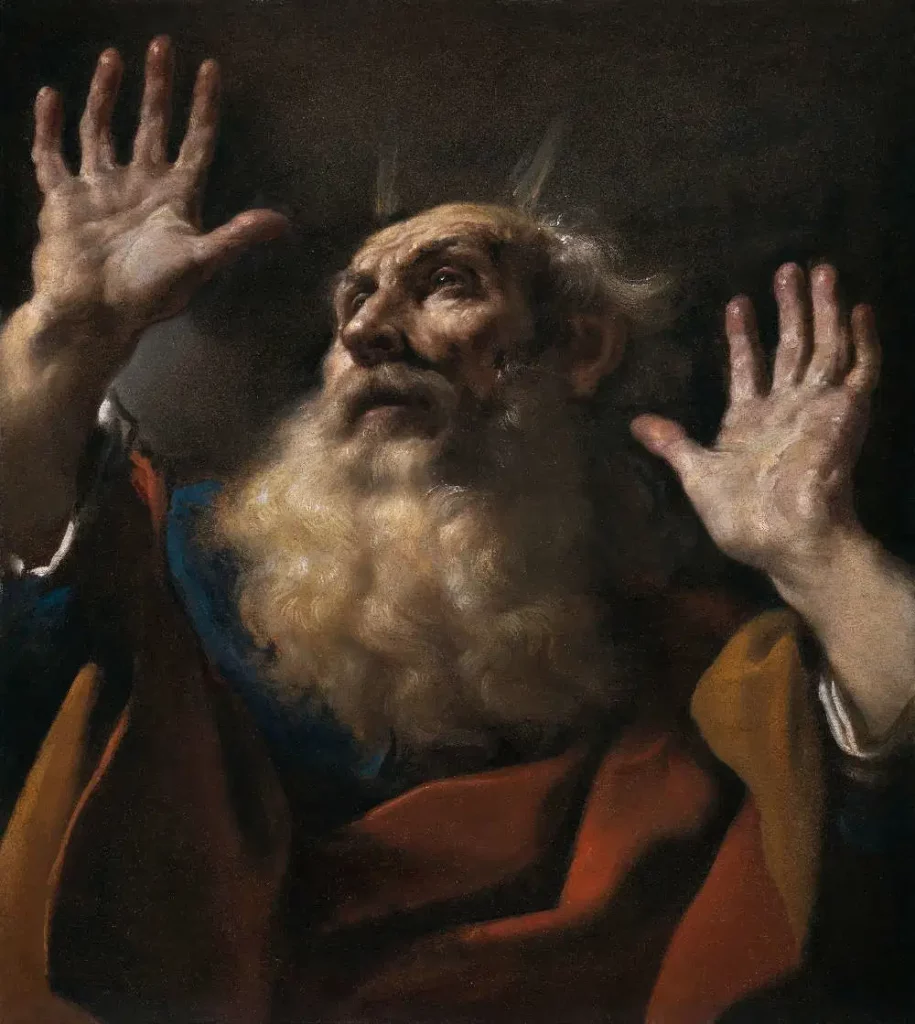
Pietro Ruffo at the Palazzo Esposizioni in Rome until February 16, 2025
The exhibition It is divided into the large hall on the main floorPalazzo Esposizioni and in the three adjacent rooms. In the largest room, Le Monde Avant la Création de l’Homme is inserted in the immersive installation L’ultimo meraviglioso minuto which will recreate the atmosphere of a primeval forest.
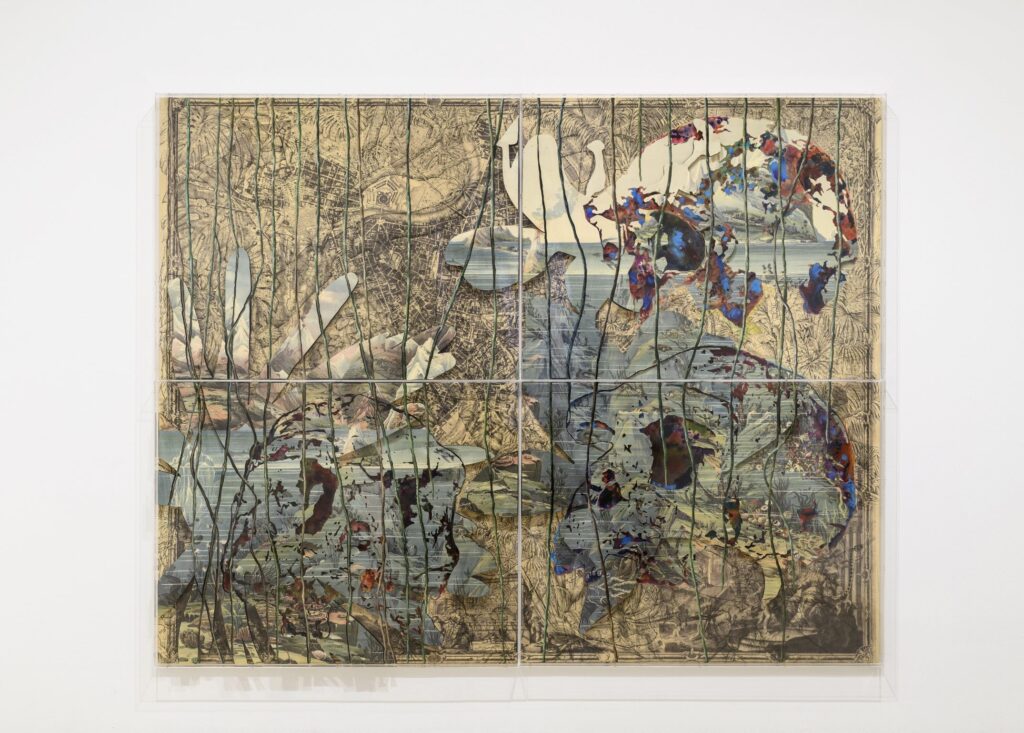
The Renaissance in Brescia at the Santa Giulia Museum until February 16, 2025
Il Rinascimento a Brescia. Moretto, Romanino, Savoldo 1512-1552 , is the exhibition event protagonist of the cultural program of Fondazione Brescia Musei for the autumn 2024. Within the rooms , the paintings of the great masters of Brescia they dialogue with rare and precious objects.
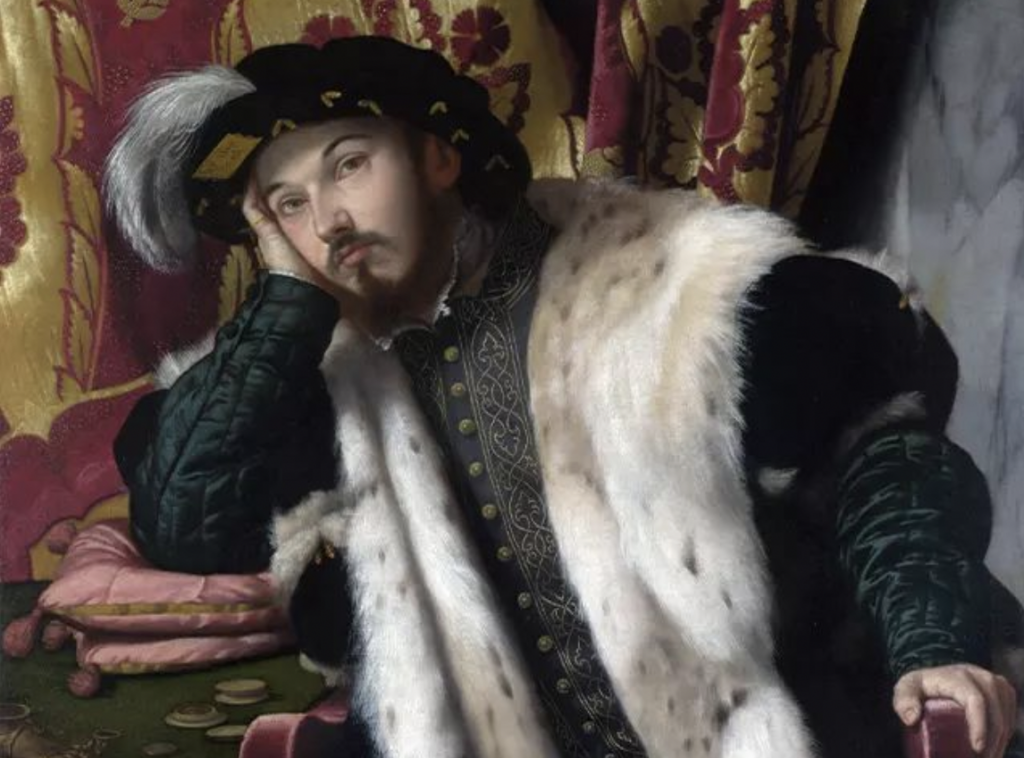
Salvatore Ferragamo 1898-1960 at the Ferragamo Museum in Florence until April 24, 2025
Salvatore Ferragamo 1898-1960 represent the synthesis of a backward investigation not only into the work and life of Salvatore Ferragamo but also into the role of the corporate museum and the curatorial practice that accompanies it.
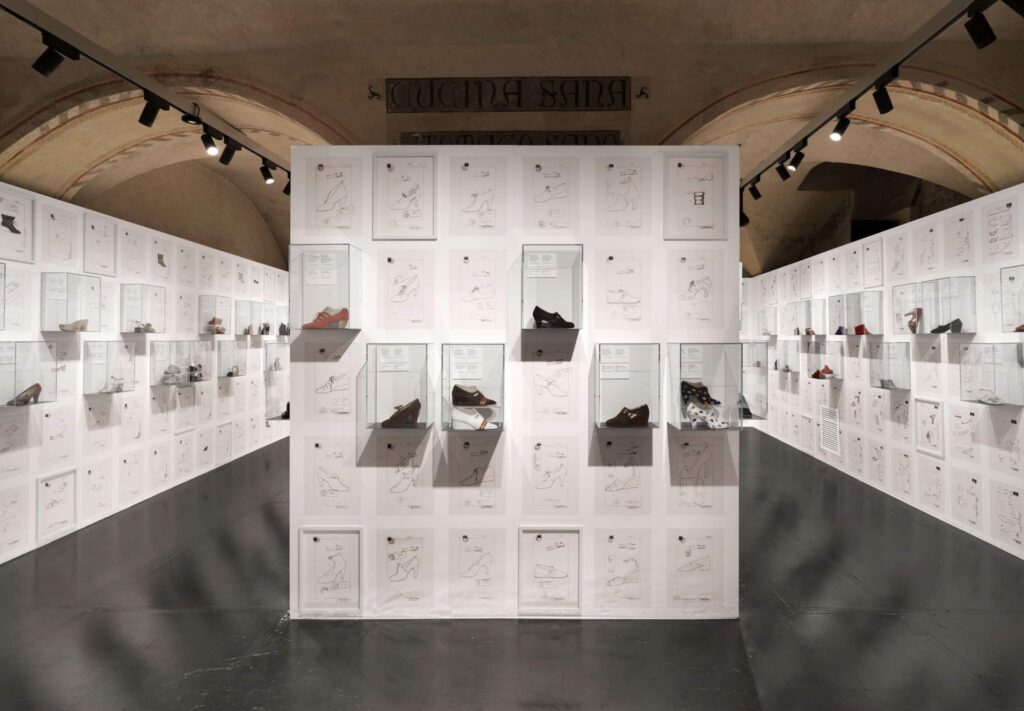
Marina Apollonio at the Guggenheim in Venice until March 3rd 2025
The Collezione Peggy Guggenheim presents Marina Apollonio. Oltre il cerchio , first solo exhibition ever held in Italy dedicated to Marina Apollonio (b. 1940), one of the major exponents of international Optical and Kinetic Art, supported and collected by Peggy Guggenheim.
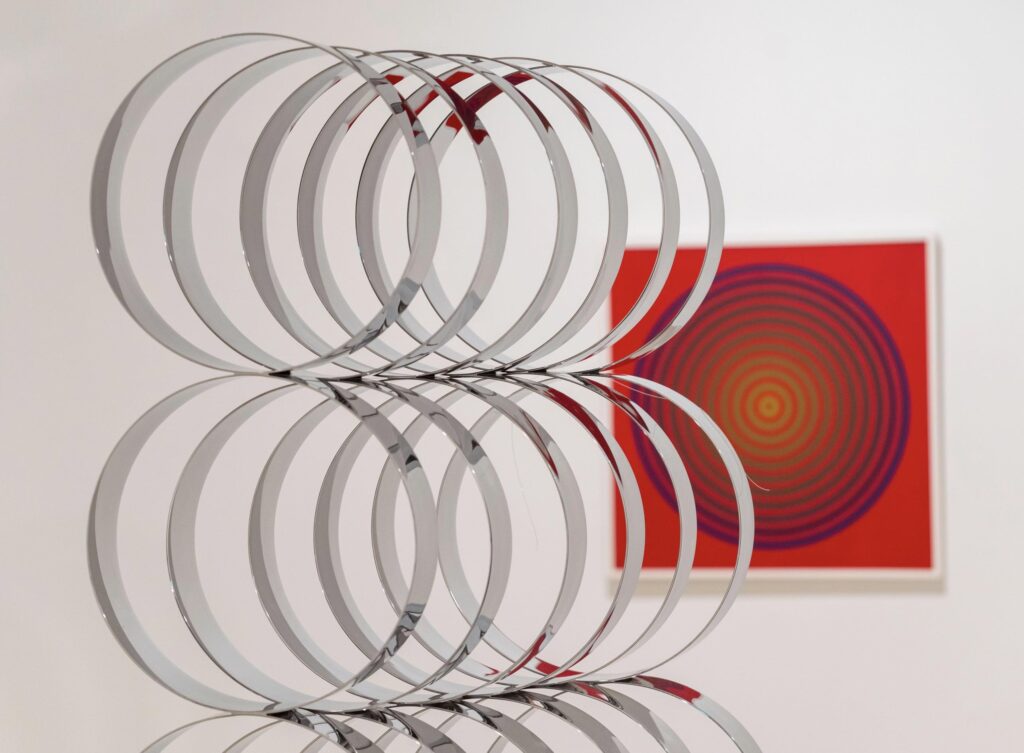
Impression Morisot at Palazzo Ducale in Genoa until the 23rd February 2024
“Impression, Morisot” is the first big exhibition in Italy about Berthe Morisot: 86 artworks, paintings, etching, watercolors, pastels, plus photographic and archive documents to retrace the artist’s life.
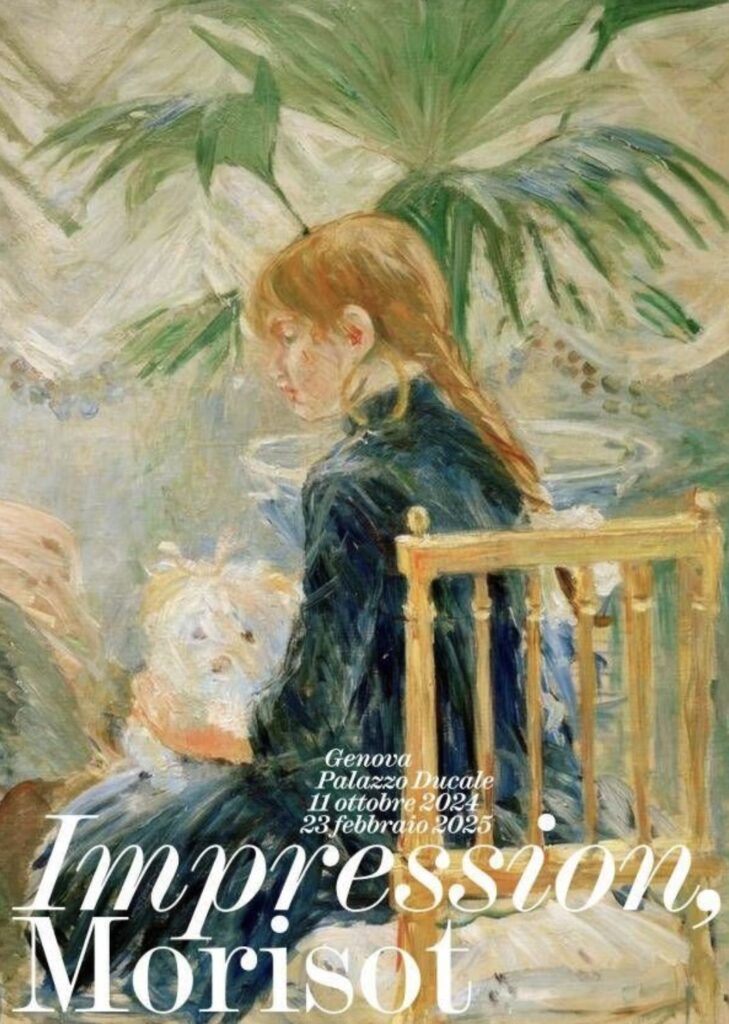
Recent architecture in South Tyrol at Kunst Merano Arte until 16 February 2025
Kunst Meran Merano Arte presents the fourth edition of the exhibition and editorial project Architetture recenti in Alto Adige. Kunst Meran Merano Arte proposes a fourth inventory of projects that document the architectural horizon that developed in Alto Adige.
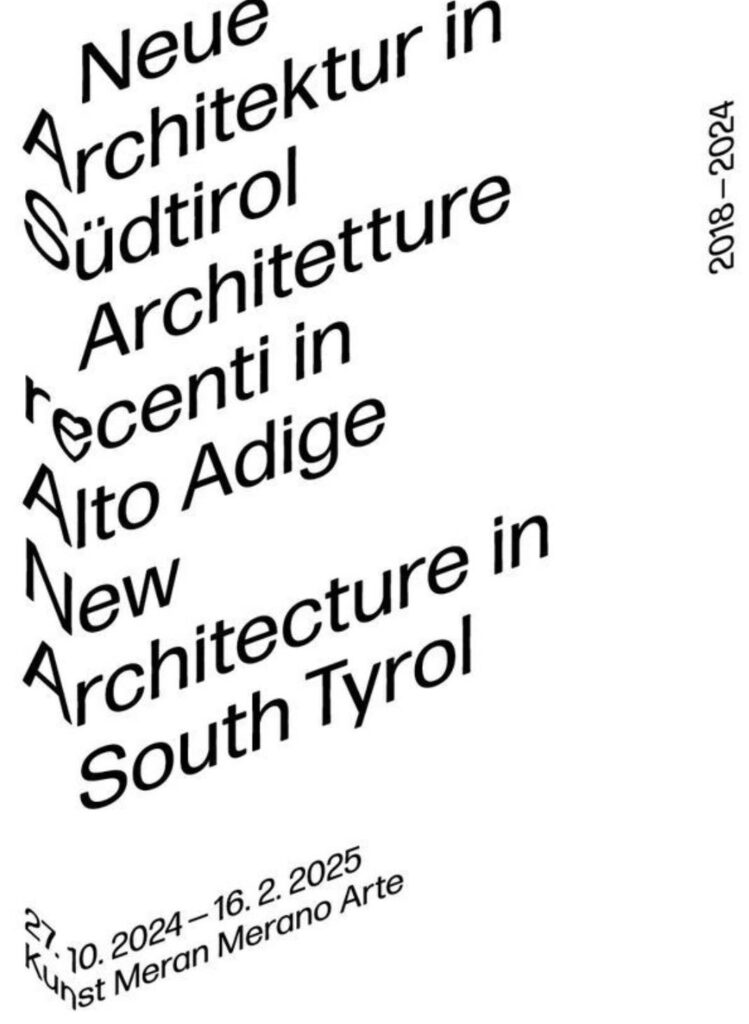
La Via Lattea: Declinazioni di bianco nel XX secolo at Villa d’Este until March the 16th March 2025
The exhibition La Via Lattea. , from the 7th December 2024 to March 16 March 2025 Villa d’Este, intends to investigate the concept of white within the artistic production of the twentieth century, proposing an unprecedented dialogue between contemporaneity and the classical code.
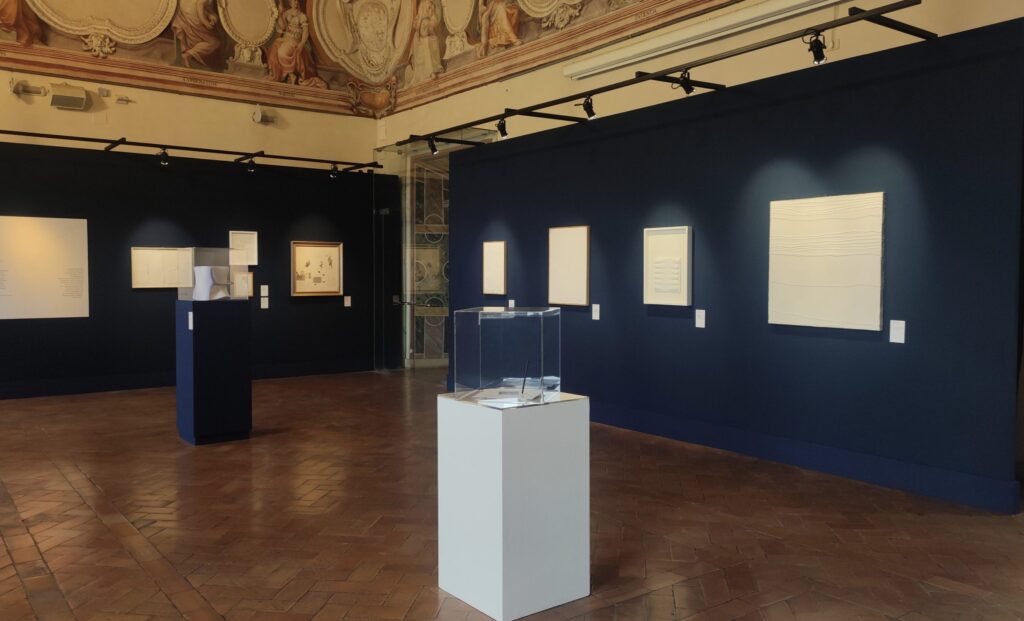
Rinascimento in Fermo at Palazzo dei Priori in Fermo until the 4th May 2025
From December 31, 2024 to May 4, 2025 Palazzo dei Priori hosts the exhibtions “Rinascimento a Fermo”, curated by Vittorio Sgarbi con Walter Scotucci. The exhibition offers a particular focus on the sixteenth century and allows you to discover the Renaissance period of Fermo’s thousand-year history, which falls within the culture known as the Adriatic Renaissance.
